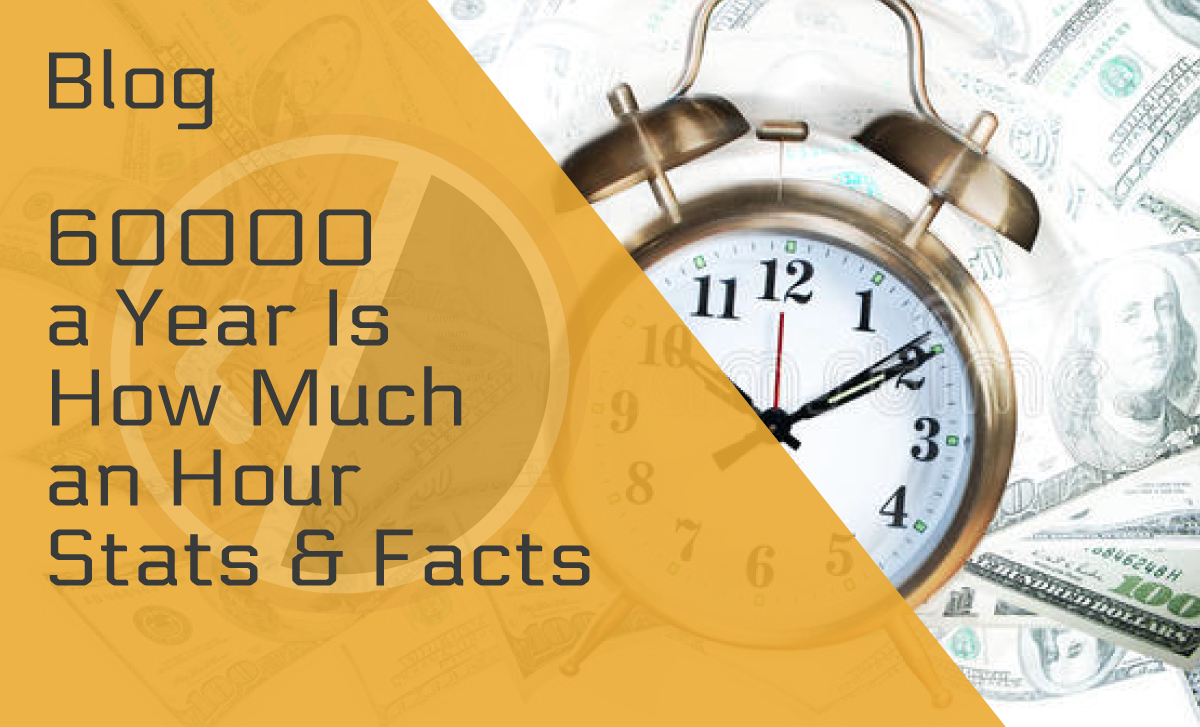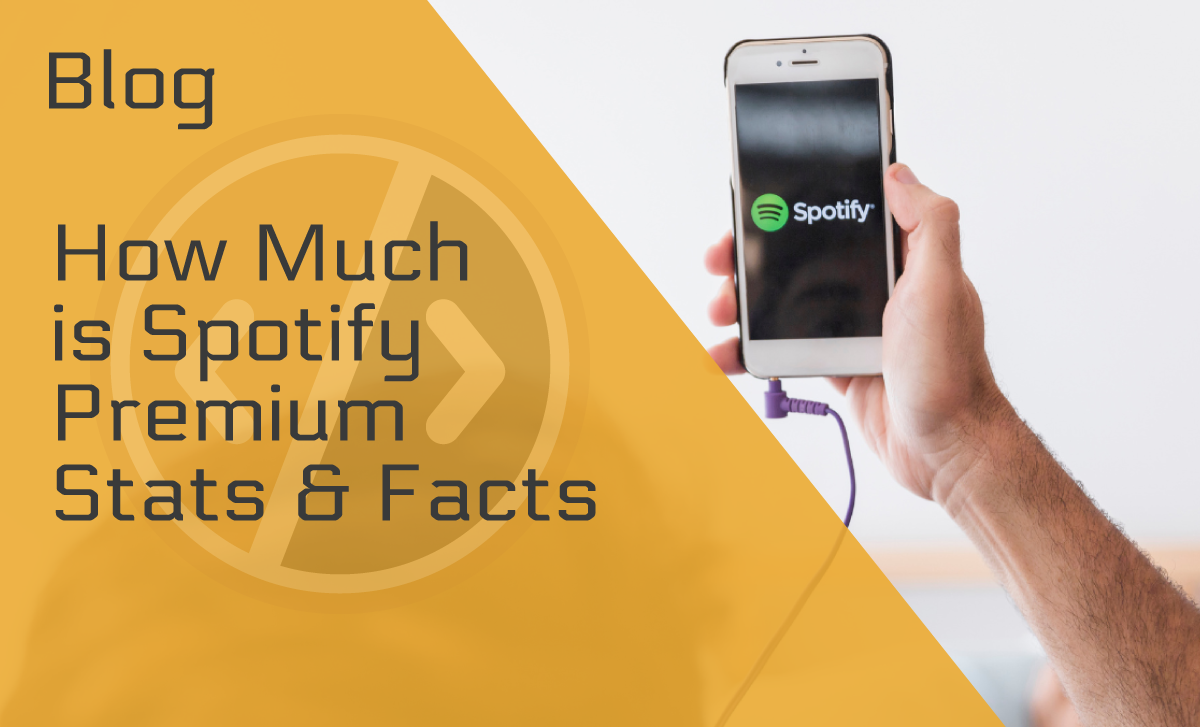30 Jaw-Dropping M-Commerce Statistics & Facts for 2024
Published: December 31, 2021
What is mobile commerce? The growing popularity of mobile devices has set a lot of trends in motion. In the years before smartphones and tablets emerged, online shopping was limited to desktops and the rise of the online retail giant, Amazon. Now, we’re also experiencing a new growing practice called mobile commerce.
Mobile commerce, or m-commerce, is the buying and selling of goods through smartphones and tablets. M-commerce statistics have shown that this industry is booming, but there may be more ahead of us. For professionals like marketers, retailers, and others in the retail sector, it might be time to join the bandwagon—while keeping ahead of the latest trends. To help, we’ve put together some of the most important statistics regarding this industry and where it’s headed.
Editor-Selected Mobile Commerce Statistics for 2024
- 49% of consumers use their smartphones for shopping online.
- The total number of mobile coupon users worldwide reached over 1 billion in 2020.
- The number of proximity mobile payment users will reach 1.15 billion by the end of this year.
- The mobile data traffic worldwide grew 700% in the last five years.
- Consumers spent 2.3 billion hours in shopping apps during the 2020 Singles Day week.
- The global m-commerce transaction value will be $3.5 trillion by the end of this year.
- The global market wallet size will be over $9 trillion by 2026.
- There are 10.97 billion mobile connections worldwide.
- 67.03% of the world’s population are unique mobile subscribers.
- In 2021, 53.9% of US retail eCommerce sales will be from m-commerce.
Mobile Users Statistics
To get a complete understanding of the m-commerce industry, we must first understand the driving force behind it. Without consumers, this industry wouldn’t be able to kick off. As such, marketers must do everything they can to learn more about the people who are making these mobile transactions.
1. Mobile data traffic has increased by 700% during the 2016–2021 period.
(Source: Business Insider)
As the number of mobile users continuously grows, so too will mobile data traffic as people strive to access the internet constantly. Smartphone statistics show that in the five years leading up to 2021, mobile data traffic has increased by 700%.
2. There are 10.97 billion mobile connections worldwide as of May 2021.
(Source: Bank My Cell)
According to recent data, there are 10.97 billion mobile connections worldwide at the time of writing. For comparison, m-commerce statistics for 2021 show that there are 3.11 billion more mobile connections than there are people in the world (7.86 billion). It simply means that online retailers have a huge market to cater to, definitely larger than brick-and-mortar shops could hope to reach.
3. 67.03% of the world’s population are unique mobile subscribers.
(Source: Bank My Cell)
When it comes to tablets and mobile phones, statistics show that there are more mobile connections than people. However, only two-thirds of the world’s population are unique mobile subscribers at 5.27 billion. This means that some people have more than one device. For example, some people like having one phone for work and one for personal use.
4. 12% of consumers consider the mobile web the most convenient method of shopping.
(Source: Dynamic Yield)
In this study, the subjects listed a few issues they have, including pop-ups and intrusive ads, lack of proper information, and lack of mobile optimization.
5. Mobile shopping statistics show that consumers worldwide spent 2.3 billion hours during only one week in shopping apps.
(Source: App Annie)
According to the data, there was a particular week where shoppers worldwide spent an incredible 2.3 billion hours in shopping apps. The week of the 11.11 Singles Day shopping festival lasted from November 8 to November 15, 2020.
M-Commerce Industry Statistics
Now that we’ve got a glimpse of mobile users worldwide, it’s time to take a look at the m-commerce industry itself. No one knows exactly when it became an industry in its own right, but shoppers now have a whole new world of goodies to buy in the palm of their hands.
So, what is the difference between eCommerce and m-commerce?
6. M-commerce sales are expected to make up 72.9% of all eCommerce sales this year.
(Source: Statista)
To better understand it, we should note that the latter is growing steadily. According to recent statistics, mobile commerce sales are expected to make up at least 72.9% of all eCommerce sales worldwide by the end of 2021.
7. Retail m-commerce sales in India were expected to account for 80% of total ecommerce sales in India in 2020.
(Source: eMarketer / DazeInfo)
Mobile commerce sales forecast data show that retail m-commerce sales in India were supposed to reach 80% last year. It’s a massive jump from 77.6% of all eCommerce sales made in the country in 2019, or 75.3%, the year before.
8. 53.9% of all US retail eCommerce will come from m-commerce in 2021.
(Source: Statista)
M-commerce statistics like this are indicative of the significant breakthroughs in the m-commerce industry. In 2017, this share was just 34.5%. With the recent growth in the industry, experts are expecting it to reach 53.9% by the end of 2021.
9. 45% of consumers used their mobile phones more for shopping during the Covid-19 pandemic.
(Source: PWC)
During the height of the Covid-19 lockdowns last year, m-commerce trends show that almost half of all consumers worldwide used their mobile phones more for shopping online. In the US alone, the year before, m-commerce made up 45% of the eCommerce market.
10. Global m-commerce will break the bank this year with $3.5 trillion in value.
(Source: Statista)
The m-commerce industry is expected to gain more revenue this year as it continues to get a larger market share. Mobile eCommerce statistics show that this sector will earn at least $3.5 trillion by the end of this year. To see how fast it’s grown, keep in mind that it had $970 billion in sales in 2016.
11. The US m-commerce’s volume is growing at 25.5% CAGR.
(Source: Business Insider)
Marketers often try to gain insights into m-commerce vs eCommerce growth. If you’re one of them, you should know that the US m-commerce market has been growing at a steady 25.5% compound annual growth rate (CAGR) from 2019, and is forecast to reach $488 billion by 2024. That’s a whopping 44% of the expected worth of the eCommerce market in the same year.
12. 90% of travel brands believe having a mobile strategy is necessary to succeed.
(Source: HubSpot)
Travel brands are taking notice of the m-commerce trends when it comes to consumerism. In fact, 90% of them believe that having a strategy that caters to the mobile market will be vital for their success in the coming years.
According to the latest user experience stats, they might be right. The fact that bad mobile experiences drive away 52% of users is only one of the many stats that illustrate the importance of accepting a mobile-first approach.
13. Mobile phone conversions lag behind tablet conversions with an average rate of 2.01%.
(Source: Statista)
According to mobile commerce statistics for 2021 from Statista, mobile phone conversion rates are notably lower than those recorded on tablets. The average tablet conversion rate is 3.3%, while the mobile conversion rate is only 2.01%. One of the main concerns of mobile shoppers is the quality of security while they’re shopping. Of course, we also need to remember that human errors caused 17% of data breaches in 2020.
Mobile Shopping Statistics
M-commerce wouldn’t be considered a form of commerce if it didn’t involve shopping. As we’ve already seen, mobile shopping has really taken off. As the very foundation of m-commerce, it’s vital to see the important stats and figures regarding this matter.
14. 49% of consumers use their smartphones for shopping.
(Source: BrizFeel)
According to a recent study, smartphones statistics show that 49% of consumers use their smartphones to shop. Given that major retailers like Amazon and Alibaba are readily available on mobile devices, it shouldn’t be surprising that most consumers prefer this kind of buying.
15. Online shopping on mobile increased from 8% to 15% in just one year.
(Source: Digital Third Coast)
In 2014, the amount of online shopping on mobile devices increased from 8% to 15%. Today, the numbers show that 90% of users make purchasing decisions through their mobile devices. On the other hand, online desktop shopping decreased from 78% to 63%.
16. Last year’s Cyber Monday mobile sales generated $10.84 billion in revenue.
(Source: Adobe)
Cyber Monday remains a huge shopping event for all generations. Thanks to mobile devices and m-commerce, Cyber Monday deals have become more accessible. According to the 2020 mobile phone sales statistics, the shopping event generated exactly $10.84 billion. From a broader perspective, the conversion rate from smartphones on that day was 3.31%.
17. 55.4% of consumers worldwide bought something online via a mobile device in 2020.
(Source: Statista)
Unsurprisingly, over half of all consumers worldwide bought something online using a mobile device last year, thanks to the convenience and portability of these devices. What might be surprising, though, is that online shoppers from Indonesia take the lead when it comes to mobile eCommerce growth with 79.1%.
18. The number of total mobile coupon users worldwide reached over 1 billion in 2020.
(Source: Juniper Research)
Mobile coupons are becoming a common trend as more and more people hope to bag a fantastic deal. As they search for better deals, the number of mobile coupon users worldwide was set to exceed one billion last year.
19. SHEIN is the most downloaded shopping app, with over 8.33 million downloads.
(Source: Statista)
Shopping apps are taking the Play Store and App Store by storm. M-commerce statistics for 2021 show that SHEIN, a fashion online store, had more than 8.33 million downloads from Android users as of January 2021, making it the most downloaded mobile shopping app worldwide.
20. The smartphone is the leading m-commerce device, with 83% of shoppers preferring it.
(Source: Scandit)
The remaining m-commerce shoppers prefer tablets and wearable devices, with each accumulating 14% and 3% of the user base, respectively. Smartphones are preferred because they’re more functional and easier to use than wearables but are more compact than tablets.
21. On average, shoppers abandon their mobile shopping carts 85.65% of the time.
(Source: Barilliance)
While recent mobile eCommerce growth is undeniable, things aren’t always perfect for mobile shopping. Mobile shopping carts have a notably high abandonment rate of 85.6%. It’s slightly higher than the average abandonment rate on tablets and desktops, 80.74% and 73.07%, respectively. Based on the latest shopping cart abandonment stats, the average abandonment rate on all devices is 65.23%.
22. Amazon is the most-used shopping app.
(Source: SimilarWeb)
Amazon remains the top name when it comes to online retailing, based on app commerce trends in the last 28 days. It looks like it’s also a key player in the shopping apps category. It’s currently the most popular shopping app in the US. The closest competitors are Walgreens and Pogo.
23. Tablet users spend an average of $96.75 per order.
(Source: Statista)
While most users prefer smartphones, tablets are the mobile device of choice for big spenders. According to the latest mobile eCommerce statistics, the average spending on tablets per order is $96.75, while phone users typically spend $90.82. When looking at eCommerce in general, the highest spending is on desktop devices, which see an average value per order of $131.16.
Statistics on Different Types of M-Commerce
While consumers are the industry’s backbone, it’s the payment platforms that serve as the bridge between retailers and consumers. Without platforms like PayMaya, PayPal, and many others, m-commerce might not even exist. So what are the types of m-commerce? Here are the facts behind this aspect of the industry.
24. 79% of successful mobile interactions in 2023 will come from chatbots.
(Source: Juniper Research)
80% of companies already began to incorporate chatbots in their marketing strategies last year. It’s not difficult to imagine chatbot integrations in mobile banking apps dominating the industry two years from now with such a jumpstart. Based on mobile eCommerce stats like this, the prediction is that 79% of all successful mobile interactions in 2023 will come from chatbots.
25. The biggest mobile payment platform is Alipay.
(Source: Merchant Savvy)
When it comes to thinking about which of the top platforms are the biggest contributors in the eCommerce industry, people often think of PayPal or even Google Pay. However, the current king is Alipay. The platform boasts over 1.2 billion daily active users.
26. Proximity mobile payments are expected to generate over $220 billion in transaction value by 2023.
(Source: Statista)
Contactless mobile payments have become one of the most significant m-commerce trends in the US in recent years. Analysts predict that they will generate over $220 billion in transaction value by 2023. Coincidentally, they also expect that proximity payments will be one of the most successful payment methods in the future.
27. The market share of mobile banking in the US is 43%.
(Source: Statista)
Banks and other finance firms are launching apps for the convenience of their users. The rise of these apps paved the way for more mobile banking. According to mobile users statistics, 69.3% of millennials in the US are using this kind of banking.
28. The number of mobile proximity payment transaction users is projected to exceed 1.15 billion in 2021.
(Source: Statista)
Many users are now able to use their smartphones for payment via scanners. It’s a growing type of m-commerce expected to boom in 2021 worldwide. There were only 830 million users globally in 2018. However, by the end of 2023, it is projected to reach over 1.31 billion, as per available mobile website stats.
29. The volume of mobile proximity payments was expected to reach $300 billion in 2020.
(Source: PWC)
As more mobile proximity payment users emerge, its transaction volume will increase as well. Market analysts predicted that by the end of 2020, the transaction volume of this m-commerce type would be at $300 billion.
30. The global mobile wallet market size will be $9.35 trillion by 2026.
(Source: Global News Wire)
Digital wallets play a huge role in eCommerce. They can help any mobile shopper with his or her shopping needs instantly. As more people see the convenience of mobile wallets, more of them will be made. Compared to 2017’s $880.21 billion, this will represent a 30% CAGR.
Conclusion
M-commerce is only growing stronger each year. The allure of easy transactions thanks to mobile devices seems too much to ignore for some users. If there’s one thing these m-commerce statistics tell us, it’s that mobile devices have a significant influence on our shopping and spending habits.
Sources
- Business Insider
- Bank My Cell
- Dynamic Yield
- App Annie
- Statista
- DazeInfo
- eMarketer
- Statista
- PWC
- Business Insider
- HubSpot
- Statista
- BrizFeel
- Digital Third Coast
- Adobe
- Statista
- Juniper Research
- Statista
- Scandit
- Barilliance
- SimilarWeb
- Statista
- Juniper Research
- Merchants Savvy
- Statista
- Statista
- Statista
- PWC
- Globe News Wire







